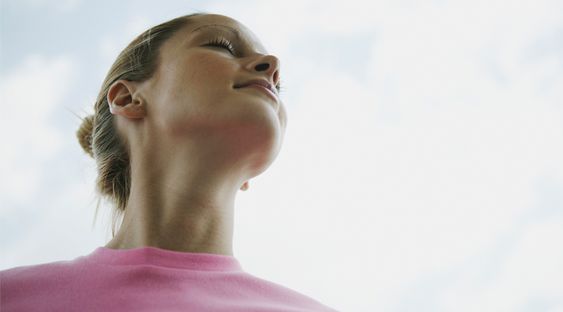
In every corner of the globe, the wellness industry is growing impressively. In 2019, the global wellness sector grew to the value of $4.5 trillion (GWI) and European wellness sales alone reached the value of $210.8 billion dollars. It is clear that more and more people are choosing to invest in themselves and their personal happiness and actively searching for new ways to do so.
For many of us, looking after our health has taken on a whole new meaning — self-care has come to the forefront of our priorities and we are looking to improve ourselves and live our best and most rewarding lives. Often, this has meant that we’ve turned our attention to other cultures and followed their lead, adopting their wellness practices into our own lives. The Danish practice of Hygge, for example, took the UK by storm in 2016, creating a wellness trend the likes of which we’d rarely seen before. Google search trends saw a spike in searches for this previously little-known practice as more and more UK residents invested in the Danish trend which focuses on “cosiness and comfortable conviviality”.
Since then, the ‘hygge effect’ has been seen time and time again, and people have been eager to stay up to date with the latest wellness trends from all over the world. If you’re wondering “what’s next?”, you’ll be happy to know that there is an abundance of global wellness trends on the horizon. Here’s a few that are set to be the next big thing…
Yang Sheng — China
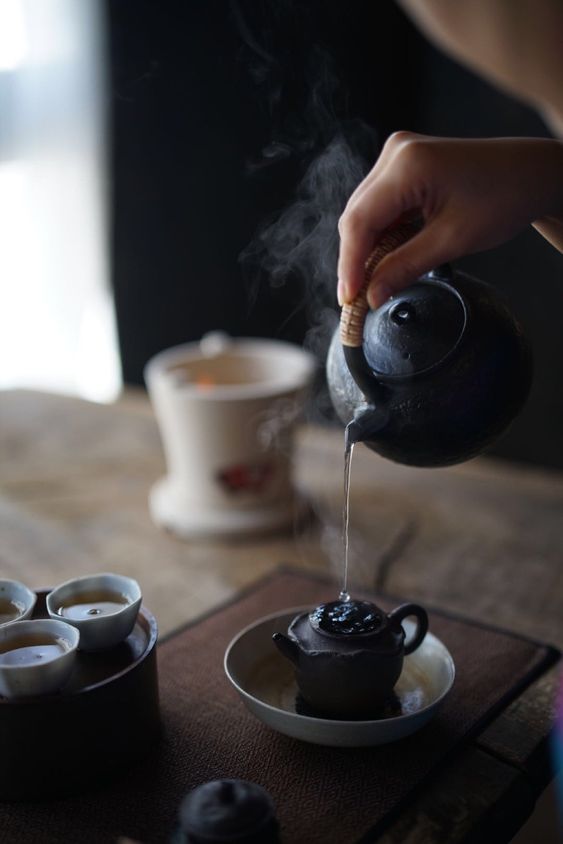
We’ve borrowed many wellness practices from East Asia over the years, yet there’s still more to come! The next trend the western world is beginning to show interest in is the 5,000-year-old Chinese practice of Yang Sheng. Translated as ‘to nurture life’, Yang Sheng is all about taking it slow and listening to our bodies. The ultimate aim of Yang Sheng is to create the perfect balance between mind, body, and soul.
In Yang Sheng teaching, it is taking notice of the small things in life that is the most important. The practice encourages people to work small and simple practices into their daily lives rather than tackling radical diets or impossible fitness regimes.
Seed Cycling — USA
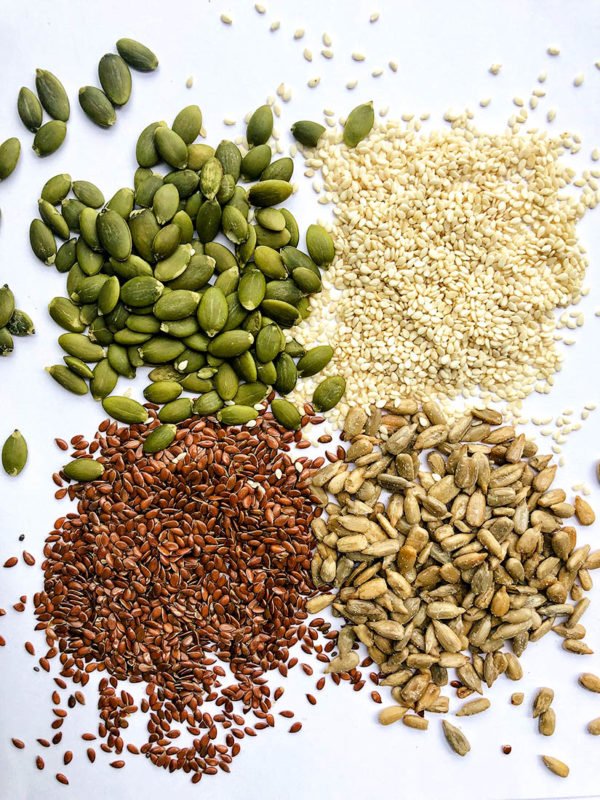
Seed cycling revolves around concepts of hormonal wellbeing and getting your diet in tune with your menstrual cycle. The general idea is that you eat various seed types at the various stages of your cycle. For example, when you’re in the follicular phase (days 1 to 14) flax seeds and pumpkin seeds are recommended on the basis that they help to boost oestrogen production. After that, during the luteal phase (days 14 to 28), pumpkin and flax seeds should be swapped out for sunflower seeds and sesame seeds to help your body boost its progesterone levels.
The idea is that each type of seed will help to alleviate some of the less pleasant side effects of your period, but it’s all about finding the right balance for you! From finding the right tampons from your first period, or even a period starter kit, to eating the food that best helps relieve period pains, everyone’s cycle must be treated as unique. Seed cycling is just one example of how menstrual wellness trends are set to be huge — maybe it’ll work for you!
J-Wellness — Japan
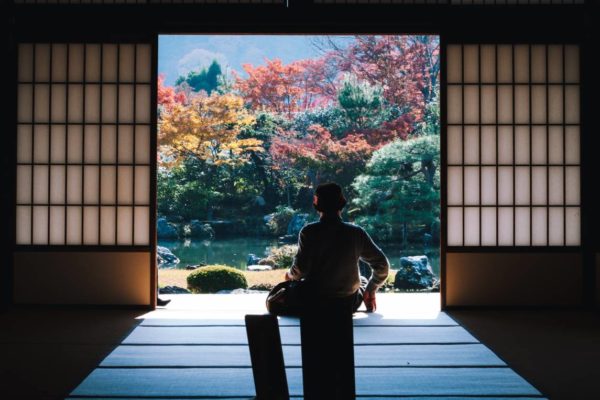
When the world of tech and the world of wellness collide J-Wellness is the result. This wellness trend originates from Japan and includes many different facets, with the running theme being anything ‘high-tech’. Combining traditional ideas with innovative new techniques, J-Wellness focusses largely on community wellness and healthy aging. Home to the second-highest number of centurions in the world (around 47,700 of its population) and the oldest living person in the world, Yone Minigawa, age 114, there’s no wonder that the rest of the world looks towards Japan when it comes to wellness and ageing.
One of the unusual features associated with J-Wellness is the use of ‘social robots’. These robots are designed to offer psychological support and improve wellbeing. There are currently many designs being trialled in Japan. PARO, for example, is an AI-driven social robot created by Tsukuba’s National Institute of Advanced Industrial Science & Technology — this bot resembles a furry seal and has been proven to reduce anxiety and depression by calming down dementia patients.
Hydrotherapy — Austria and Hungary
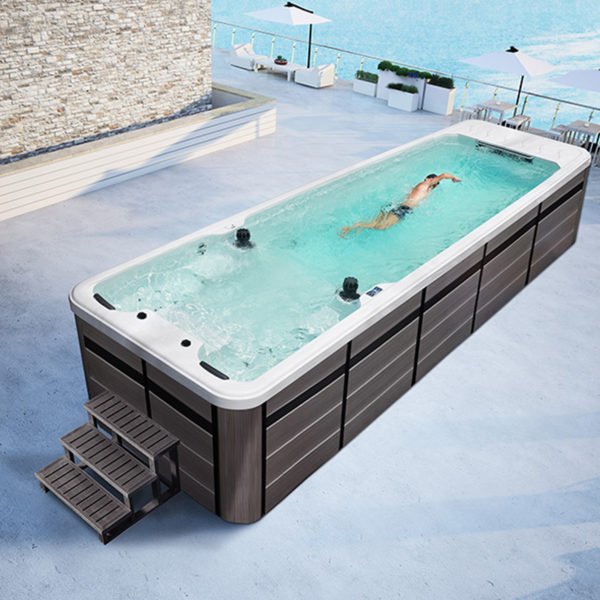
We’ve long known about the therapeutic healing powers of hot springs, but some countries such as Austria and Hungary are developing their wellness culture (and medical tourism) around the concepts of Hydrotherapy more than ever before. Hydrotherapy is the idea that exercising in, or simply relaxing in, water can help alleviate physical ailments such as arthritis. As well as this, natural hot springs and thermal baths (such as the famous bathhouses in Budapest), have been found to reduce stress, improve sleeping patterns, boost circulation, and health conditions.
Tourists have long flocked to the bathhouses of Budapest, but this wellness trend is becoming more and more global, giving a variety of countries an opportunity to embrace the wellness market. As they are home to natural hot springs, many Middle Eastern and North African countries have started developing their own hydrotherapy industries (including Tunisia, Algeria, Oman, and Saudi Arabia).
Each of these trends is set to grow in popularity around the world, and many wellness-focused people are already giving them a go. When it comes to wellness however, remember that it’s all about finding the perfect balance for you — whether that means creating a calendar for your seed eating, or taking a dip in a hot spring now and again!
